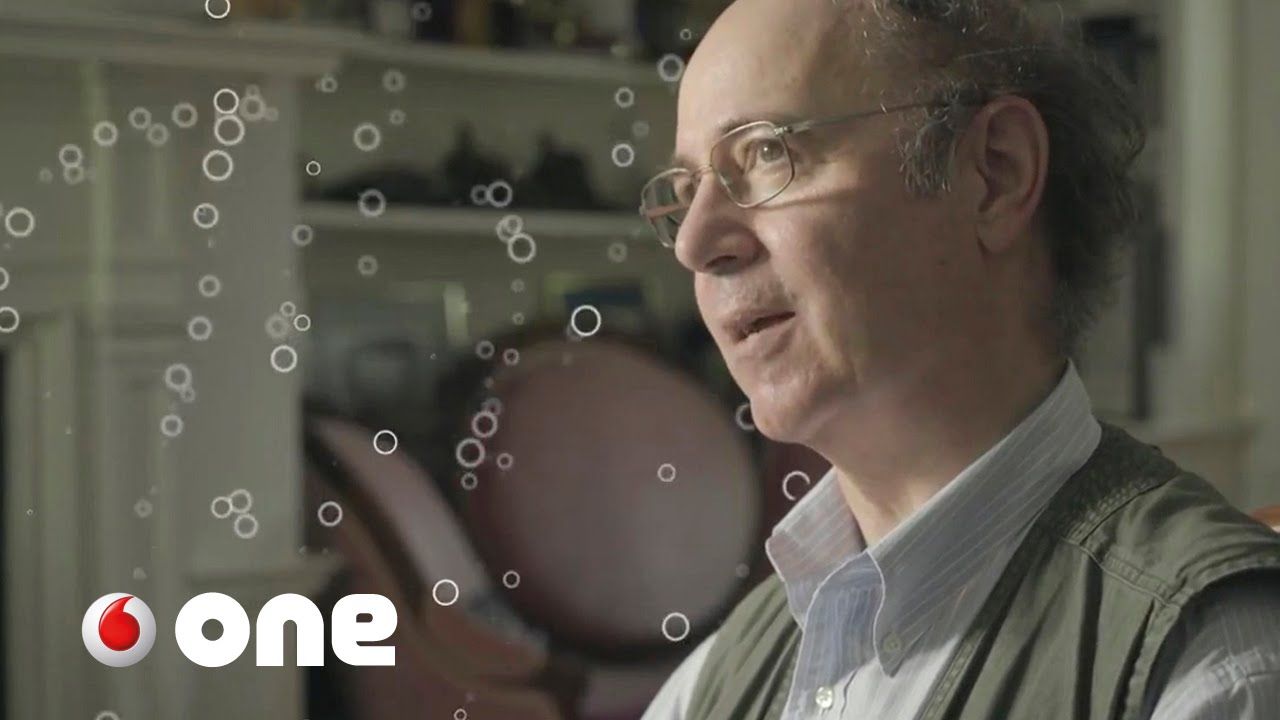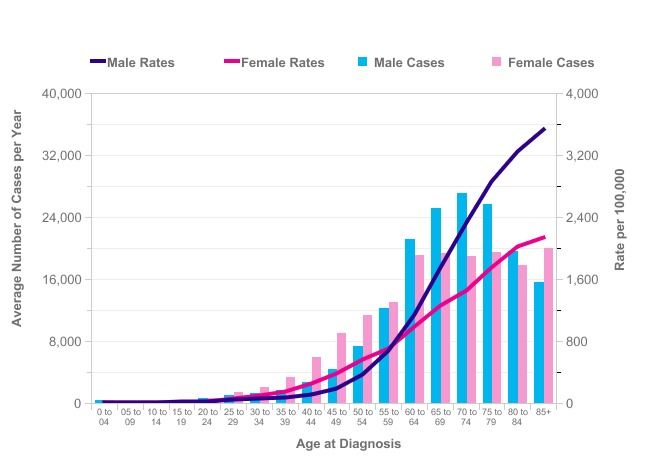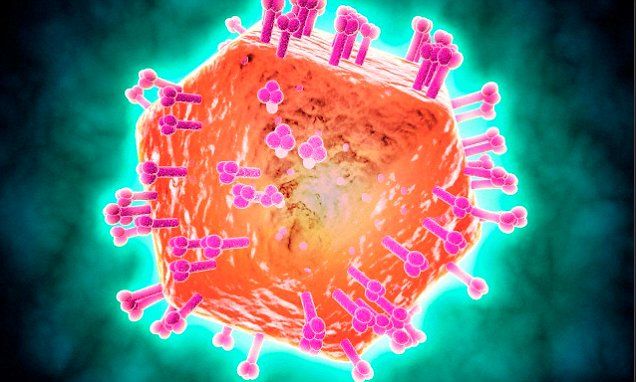Oct 12, 2015
What Protects Elephants From Cancer?
Posted by Robert James Powles in categories: biotech/medical, life extension
Elephants are long-lived, and rather large. Given their size and longevity, scientists have pondered what protects them from cancer for a long time. Thanks to new research, we now know.
A mystery unlocked
Cancer is a big problem. A staggering 1 in 2 people born after 1960 in the UK are predicted to develop cancer at some point in their lifetime. We may be living longer, but the extra years are coming with a raised cancer risk. We may be getting better at treatment, but we’re still finding out exactly what causes it, and how we can prevent it from being a danger altogether.








 In Jurassic Park, a novel devoted to the scare of genetic engineering when biotech was new in the 1990s, the character of John Hammond says:
In Jurassic Park, a novel devoted to the scare of genetic engineering when biotech was new in the 1990s, the character of John Hammond says:








